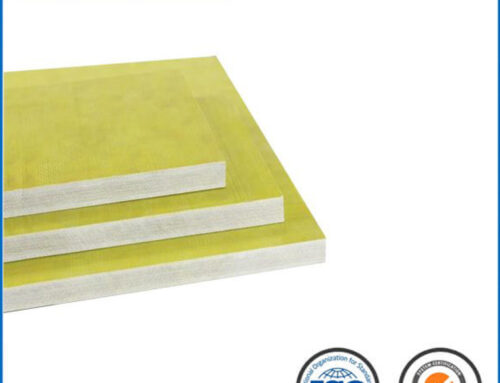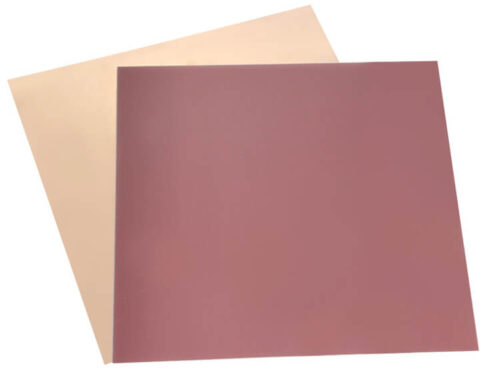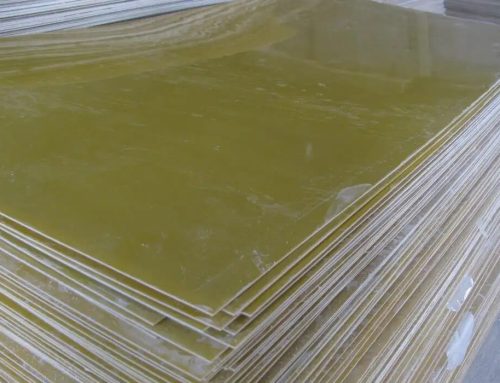Within the realm of advanced composites, G10 stands out for its remarkable heat resistance and versatile applications. This article delves into the thermal performance of G10, exploring its composition, heat resistance properties, and the diverse applications where it proves invaluable. From electronics to aerospace, G10’s ability to withstand high temperatures positions it as a key material in applications demanding thermal resilience and structural integrity.
1. Composition of G10: A Symphony of Layers
Layered Structure:
G10 is composed of layers of fiberglass impregnated with epoxy resin, creating a robust and layered structure.
The combination of fiberglass reinforcement and epoxy resin provides G10 with its distinctive heat-resistant properties.
Epoxy Resin Matrix:
The epoxy resin acts as a matrix, offering adhesion, insulation, and resistance to high temperatures.
G10’s heat resistance is closely tied to the stability and performance of the epoxy resin matrix.
2. Thermal Performance: Navigating High-Temperature Environments
High Heat Deflection Temperature:
G10 boasts a high heat deflection temperature, making it resilient in applications where elevated temperatures are encountered.
This property ensures dimensional stability and strength even in the presence of heat.
Low Thermal Conductivity:
G10 exhibits low thermal conductivity, minimizing heat transfer through the material.
Its low thermal conductivity is advantageous in applications where insulation and resistance to heat buildup are essential.
3. Applications in Electronics: A Crucial Heat-Resistant Component
Printed Circuit Boards (PCBs):
G10’s heat resistance makes it a preferred material for manufacturing PCBs, providing a thermally stable substrate.
Electronic components mounted on G10 PCBs benefit from the material’s ability to dissipate heat effectively.
Insulating Components:
G10 is utilized for fabricating insulating components in electronic devices.
Its heat resistance ensures that these components maintain their structural integrity and functionality even in heated environments.
4. Aerospace Applications: Thriving in High-Temperature Skies
Aircraft Interiors:
G10 finds applications in the aerospace industry, particularly in the manufacturing of components for aircraft interiors.
Its heat resistance contributes to the material’s reliability in the demanding conditions of aerospace environments.
Engine Compartment Components:
G10’s ability to withstand high temperatures makes it suitable for use in engine compartment components.
The material’s resilience ensures that critical components maintain their performance under extreme heat.
5. Thermal Stability in Industrial Settings: Withstanding Harsh Conditions
Manufacturing Environments:
G10’s heat resistance is advantageous in industrial settings, where equipment and components may be exposed to elevated temperatures.
The material’s stability contributes to the longevity of components in manufacturing processes.
Oil and Gas Applications:
G10 is utilized in the oil and gas industry for components exposed to heat in drilling and processing operations.
Its resistance to thermal stress ensures reliable performance in challenging conditions.
Conclusion: G10’s Heat Resistance – A Cornerstone of High-Temperature Performance
As G10’s heat resistance is explored, its significance in high-temperature applications becomes evident. From electronics to aerospace and industrial settings, G10’s ability to thrive in elevated temperatures positions it as a cornerstone in materials engineering. In an era where heat resilience is a critical factor in material selection, G10 stands as an exceptional composite, navigating the challenges of high-temperature environments with reliability and durability.
More:




